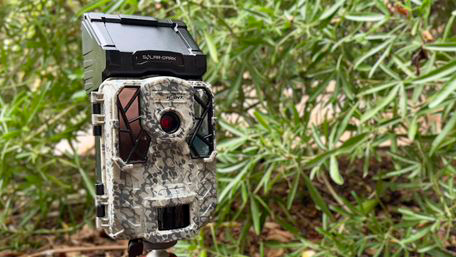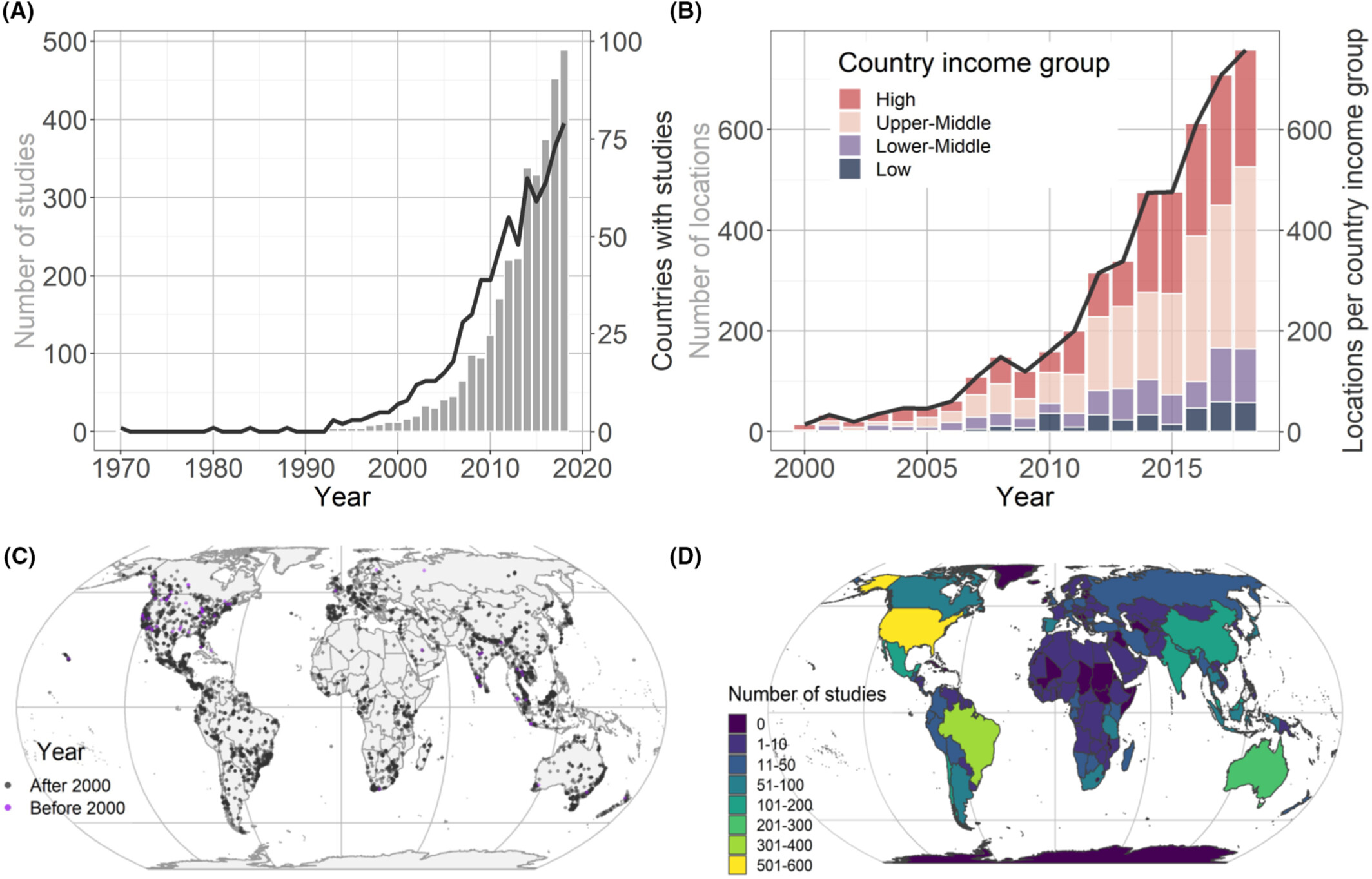The world needs more trail cameras in more places, first-of-its-kind study shows
New research finds camera trap studies are virtually non-existent in the ecosystems that need them the most

Over the past three decades, trail cameras, also known as camera traps, have given us a rare and invaluable glimpse into the natural world, and they have proven essential tools in the conservation fight around the world.
However, in a first–of–its–kind study published in Remote Sensing in Ecology and Conservation it would appear that camera traps are sorely missed in areas that need their vital data the most.
The study, entitled, Global disparity of camera trap research allocation and defaunation risk of terrestrial mammals, highlights that there is a huge disparity between locations of trail cameras studies and regions with the highest risk of mammalian extinction.
Factors that influence the ability to conduct trail camera studies in almost two thirds of locations include income, accessibility, mammal diversity, and environmental factors.

Areas where trail camera studies have increased over the past two decades, which include Southeast Asia and India, 64.2% were placed outside areas with the highest animal extinction risks.
Higher-income, and upper–middle–income countries such as the U.S, Australia, and China were involved in the highest amount of trail camera studies, while African nations such as Mauritania and Angola had fewer than five apiece.
Angola is home to over 300 species of mammals, many of which are endangered due to intense deforestation. The black rhinoceros, for example, is a hard animal to approach, and is considered ‘critically endangered’ by the International Union for Conservation of Nature’s Red List of Threatened Species.
Get the Digital Camera World Newsletter
The best camera deals, reviews, product advice, and unmissable photography news, direct to your inbox!
Earth’s biodiversity is under threat from human activities, from urban expansion and deforestation, to poaching, climate change, and mining. Trail cameras can keep tabs on species both endangered or otherwise, and make serious positive changes to the cause.
“You can think of a camera trap as an automatic and restless field assistant that sits in the field, rain or shine, day or night, [and] just captures [images or videos of] whatever walks in front of it,” says Jorge Ahumada, a tropical biologist who leads the largest camera trapping platform in the world, called Wildlife Insights, and reported by Mongabay. “It’s just collecting a lot of information in a standardized way, which will not be possible by humans.”
This is exactly why its essential to deploy trail cameras in the right places: biodiversity hotspots that face the biggest threats.
“I think it is fair to say that we need more trail cameras proportionally to areas with higher biodiversity,” says study co-author Badru Mugerwa from the Leibniz Institute for Zoo and Wildlife Research, Germany. “The study is a good first start to look at relationships between the production of science in different parts of the world and factors that affect that [process].”
“What really jumped out from this research is that some of the areas that are currently being hammered by human activities — the Amazon and the Congo basins — received the least amount of camera-trap research in the past two decades,” Mugerwa adds, “There is something wrong going on here.”
Take a look at our guides to the best trail cameras, and the best cameras for wildlife photography.

After graduating from Cardiff University with an Master's Degree in Journalism, Media and Communications Leonie developed a love of photography after taking a year out to travel around the world.
While visiting countries such as Mongolia, Kazakhstan, Bangladesh and Ukraine with her trusty Nikon, Leonie learned how to capture the beauty of these inspiring places, and her photography has accompanied her various freelance travel features.
As well as travel photography Leonie also has a passion for wildlife photography both in the UK and abroad.

